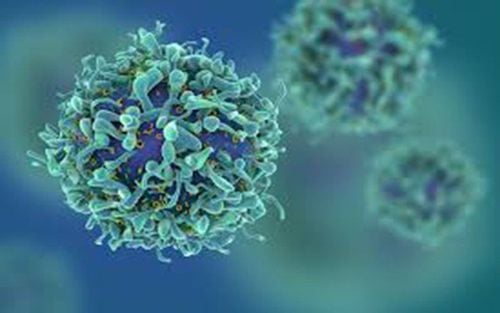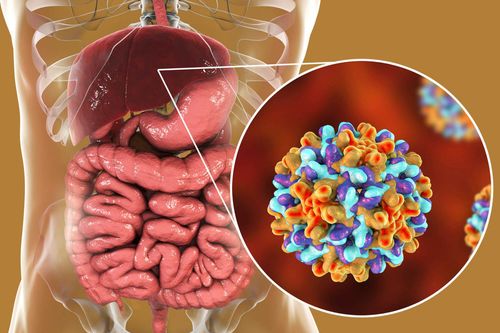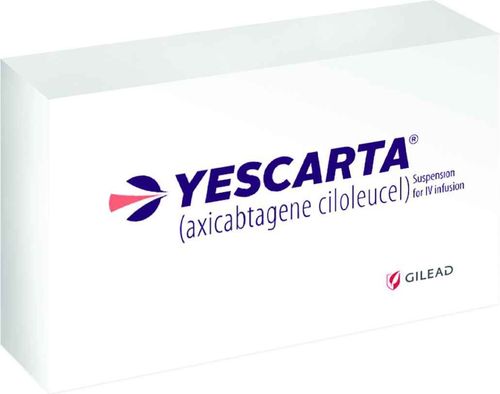This is an automatically translated article.
Cytokine release is a systemic inflammatory response syndrome caused by complications of certain diseases or when the immune system overreacts to an infection. To treat CRS, doctors must resort to measures to reduce the immune response...
1. What is CYtokine-CRS?
Cytokines are small proteins that help the body's cells interact with each other. When the immune system detects a threat, the cells release cytokines to coordinate the body's response.
Cytokine-releasing syndrome-CRS is a systemic inflammatory response syndrome caused by complications of certain diseases or when the immune system is stimulated to overreact to an infection, possibly as a side effect. of certain types of immunotherapy , especially those involving T lymphocytes .
Cytokines are released in large amounts into the body, these are known as cell messengers to help direct the immune response. However, when cytokine levels are too high, inflammatory activity can be increased. This can cause harmful levels of inflammation and interfere with some of the body's normal functions. In severe cases, CRS can cause organ failure and even death.
2. Causes of Cytokine Release Syndrome-CRS
The main cause of Cytokine-releasing syndrome-CRS is that after immunotherapy treatment, the body activates T lymphocytes to fight cancer. These therapies triggered an excessive immune inflammatory response due to the release of cytokines.
Typically in childhood cancer, the most commonly used immunotherapies associated with CRS are tisagnlecleucel and blinatumomab.
Tisagenlecleucel (Kymriah®): As a CAR T-cell immunotherapy. Its mechanism of action is to use a technique to give T cells special receptors. This is called a chimeric antigen receptor (CAR). These receptors help T cells recognize and attack cancer cells. Blinatumomab (Blincyto®): Is a monoclonal antibody. It stimulates bispecific T-cell engager BiTE. The drug's mechanism of action is to work by making T cells target CD19 (a protein found on certain types of leukemia cells). CAR immunotherapy in pediatric cancer is currently most commonly used in children with relapsed or refractory acute lymphoblastic leukemia (ALL).
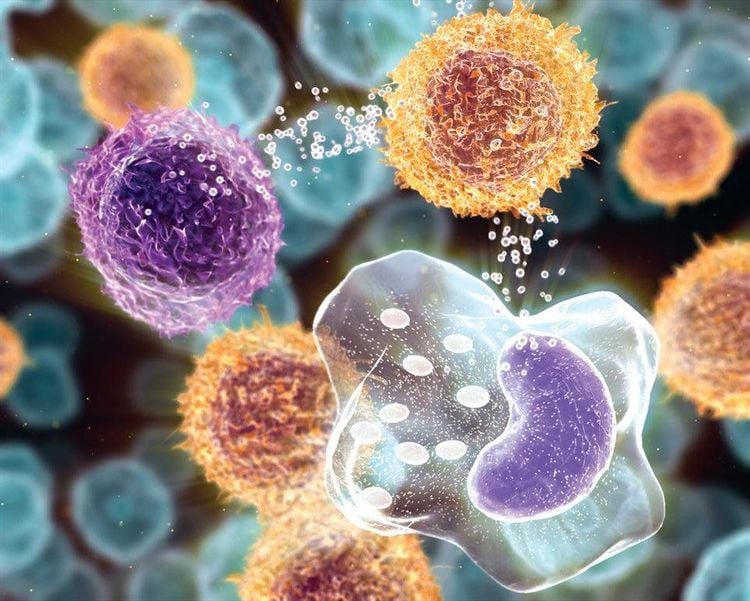
Cytokine là những protein nhỏ, giúp cho các tế bào của cơ thể có sự tương tác với nhau
3. Cytokine-CRS . Release Symptoms
Cytokine release syndrome (CRS) can cause a number of symptoms such as fever, headache, and nausea. These symptoms can quickly progress to serious.
Symptoms of CRS are caused by excessive immune responses in the body. It can affect multiple organs, and in some cases, CRS can cause serious changes that threaten heart, lung, kidney, liver and brain function and even be life-threatening.
3.1 Heart and Vascular Symptoms When CRS affects the cardiovascular system, accompanying symptoms may include:
Increased heart rate; Irregular heartbeat; Reduced heart function; Blood pressure drops; Edema phenomenon. 3.2 Brain and Nervous System Symptoms When CRS affects the brain and nervous system, central nervous system related symptoms may include:
Confusion; Dizziness ; Movements that coordinate activity and movement; Seizures; Illusion; Difficulty swallowing; 3.3 Lung symptoms When CRS affects the lungs, some symptoms may appear such as:
Persistent cough; Decreased respiratory function of the lungs; Shortness of breath or difficulty breathing. In addition, CRS can also cause problems affecting kidney and liver function.
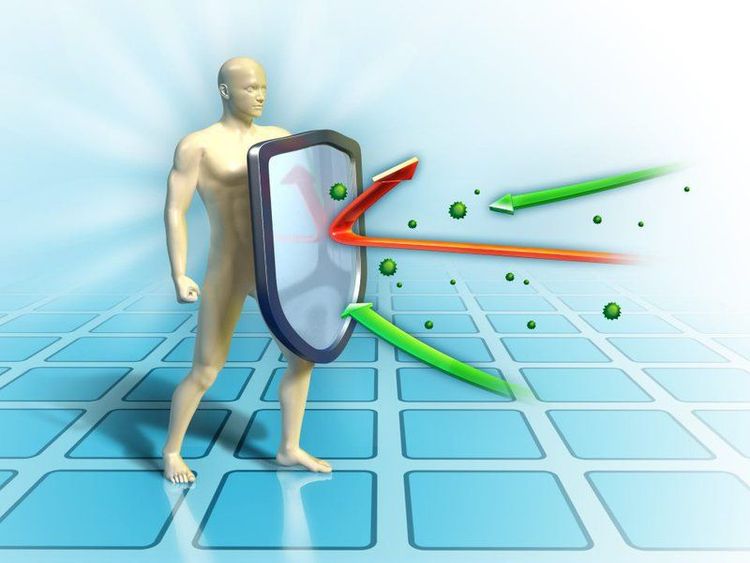
Sau khi điều trị liệu pháp miễn dịch, những bệnh nhân có nguy cơ sẽ được theo dõi trong khoảng 1 tháng
4. Treatment of Cytokine Release Syndrome-CRS
People who are treated with immunotherapies or infections are at a higher risk of developing CRS. CRS usually develops within 3 to 14 days of treatment with T-lymphocyte-based immunotherapy. It will usually begin with fever and flu-like symptoms. However, it can worsen quickly and cause serious illness. Therefore, early treatment is very important.
Treatment of Cytokine-releasing syndrome-CRS includes monitoring and supportive care to manage symptoms. Depending on the severity of the disease, some patients may need special care and medications to reduce the immune response (immunosuppressants).
After immunotherapy, at-risk patients will be monitored for about 1 month. Symptoms will usually improve within 1 to 2 weeks. Most patients will have no long-term problems from the cytokine release syndrome.
Go to the nearest medical facility if you develop symptoms of CRS such as fever, cough, headache and diarrhea that suddenly become more severe or the condition persists for several days. More serious symptoms such as difficulty breathing, confusion or changes in organ function or heart rhythm problems require immediate medical attention. Currently, Vinmec International General Hospital is one of the leading prestigious hospitals in the country, trusted by a large number of patients for medical examination and treatment. Not only the physical system, modern equipment: 6 ultrasound rooms, 4 DR X-ray rooms (1 full-axis machine, 1 light machine, 1 general machine and 1 mammography machine) , 2 DR portable X-ray machines, 2 multi-row CT scanner rooms (1 128 rows and 1 16 arrays), 2 Magnetic resonance imaging rooms (1 3 Tesla and 1 1.5 Tesla), 1 room for 2 levels of interventional angiography and 1 room to measure bone mineral density.... Vinmec is also the place to gather a team of experienced doctors and nurses who will greatly assist in diagnosis and detection. early signs of abnormality in the patient's body. In particular, with a space designed according to 5-star hotel standards, Vinmec ensures to bring the patient the most comfort, friendliness and peace of mind.
Please dial HOTLINE for more information or register for an appointment HERE. Download MyVinmec app to make appointments faster and to manage your bookings easily.





